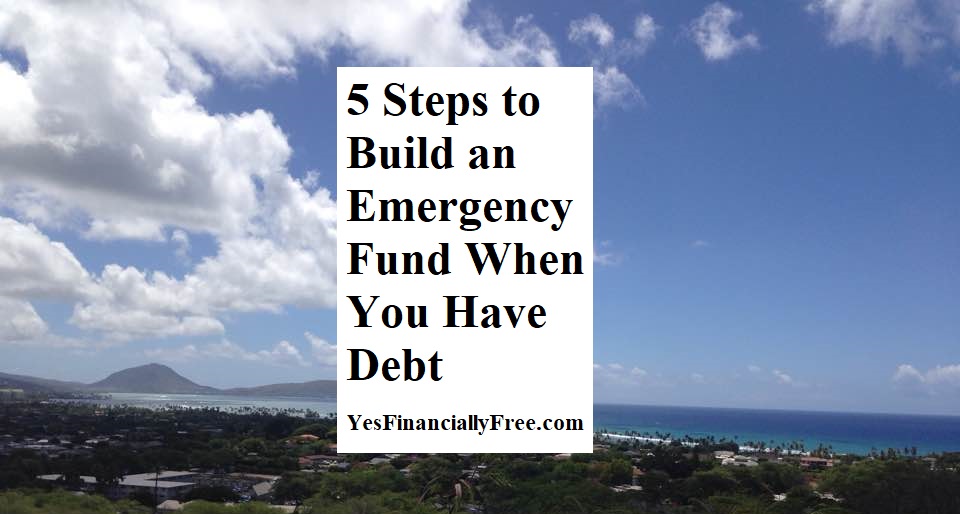
5 Steps to Build an Emergency Fund When You Have Debt
Today we are doing our Financial Freedom affirmations and visualization and discussing 5 steps to build an Emergency Fund when you have debt – from the book Money Diaries by Lindsey Stanberry.
What is an Emergency Fund and why is it important?
An emergency fund is money you set aside in savings to pay for unexpected emergencies such as a tree falling through your roof, visiting a dying relative, paying rent/mortgage when losing a job, and so on.
Most people who go into credit card debt or who get stuck in a bad relationship/job or situation haven’t created an emergency fund. They have less choices, freedom and flexibility. I like to think of the emergency fund as a buffer or shield from life’s financial challenges. I call it my buffer fund.
When 2020 happened and our income decreased, we used our buffer fund to help us pay for the mortgage, maintenance fees and food while we found ways to make up the difference. It gave us the ability to stay living where we lived.
I know a friend whose husband lost 40% of his income from a work injury for almost a year. They ended up going into credit card debt to cover the costs. If they had a big enough emergency fund they wouldn’t have all of that debt and high interest to pay back.
5 Steps to Build an Emergency Fund When You Have Debt
1) Pay all the minimum payments on all your debts.
2) Save for an emergency fund until you reach 1 month’s worth of essential expenses (in our case $3,000/mo). Essential expenses are rent/mortgage, utilities, groceries, car/transportation for work, health insurance, life insurance.
Do not save for anything else until you have saved for 1 month. Saving $8.22/day will save you $3,000 in a year.
3) Once you’ve saved up for 1 month’s expenses, start saving in your 401K up to the match. This is controversial since most people would always save up to the match because you are doubling your money pre-tax. However, without emergency savings you will probably borrow from credit cards and the high interest will be worse.
4) If you have $10,000 or more in debt, then focus on paying it off next. Once you pay it off, use the debt payments towards your emergency fund.
5) Once you have a fully funded emergency fund (3 to 6 times your monthly fixed expenses), then save for other goals like a house, wedding, furniture, etc. Increase retirement funds while still saving for the emergency fund.